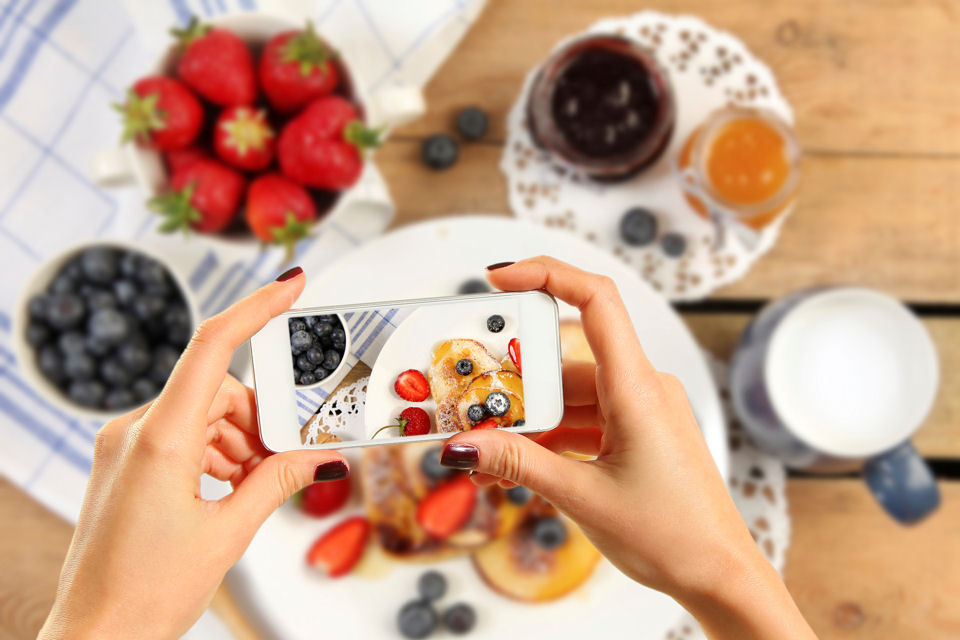Every day, tens of thousands of “amateur” or professional photographs of delicious dishes are exchanged, worldwide, via social networks or dedicated platforms. At the same time, billions of “clicks” are made on sites specializingin cooking. As for recipe books and dedicated magazines, it is impossible to quantify their consultation! Not to mention posters, foodpackaging, promotional brochures, commercials,TVprograms, etc. One thing is certain: images of food have become ubiquitous. But what needs to be considered is not so much their omnipresence but the importance accorded to them. In fact, from simple pedagogical or promotional tools, they have become true consumer objects in their own right, coveted and exploited for their ability to stimulate the imagination.
On the other side of the Atlantic, this propensity for visual pleasure has been identified in recent decades as Food Porn. Warning. This has nothing to do with seeking or creating images depicting erotic situations made of food or playing on the sexual connotation of certain foods. Food Porn is a way of constructing images of food that can produce in the viewer a desire for food and, at the same time, an active pursuit of this kind of visual pleasure. Moreover, with the advent of the 2.0 era, the term Food Porn can also refer to sharing images of one’s favorite dishes with everyone via social media. On some Anglo-Saxon sites specializing on this image exchange, the challenge is explicitly stated: to succeed in making the one who sees the image “drool” in the absence of real food. What about us? Although it is widely accepted that food gives pleasure, the idea that this kind of visual activity can be associated with a term like “pornography” can be perplexing. Yet, the facts are there: as the success of specialized apps proves, we ourselves are the first to break out our smartphones to snap a picture of a dish at a restaurant or a dessert crossed in a shop window.
Food Porn, then, has nothing to do with the act of eating? No, not necessarily. And that’s what makes it interesting from a behavioral point of view, because what’s the harm in enjoying appetizing images? Nothing in particular, but questions are inevitable. How is it that contemplation of a dish has become a real activity in its own right? What is it that in our societies in which there is an overabundance of food, we are so sensitive or even hypnotized when it comes to images of dishes, cooking recipes or gastronomic moments? Far from wanting to provide authoritative answers, we simply want, with this question, to invite everyone to reflect…
Taken from : magazinedelledonne.it




